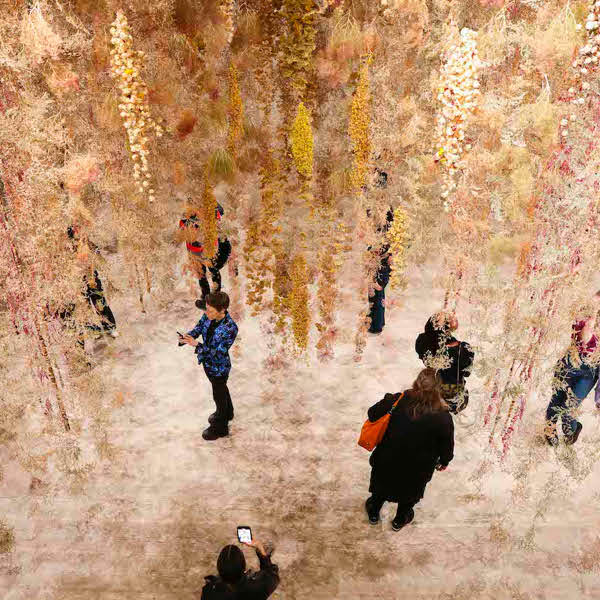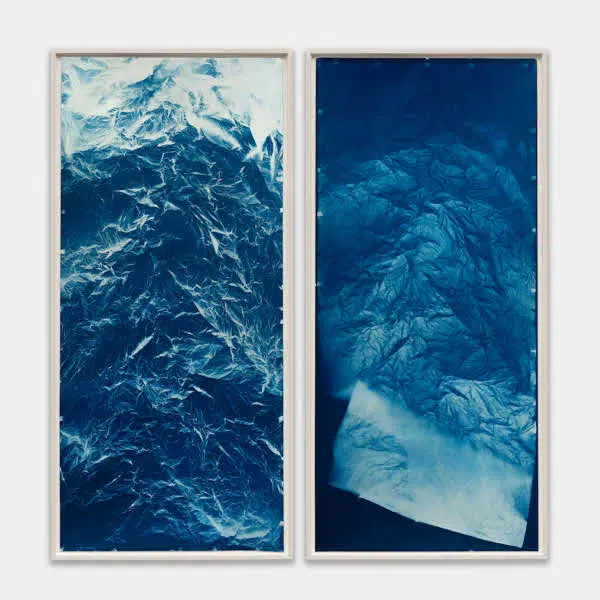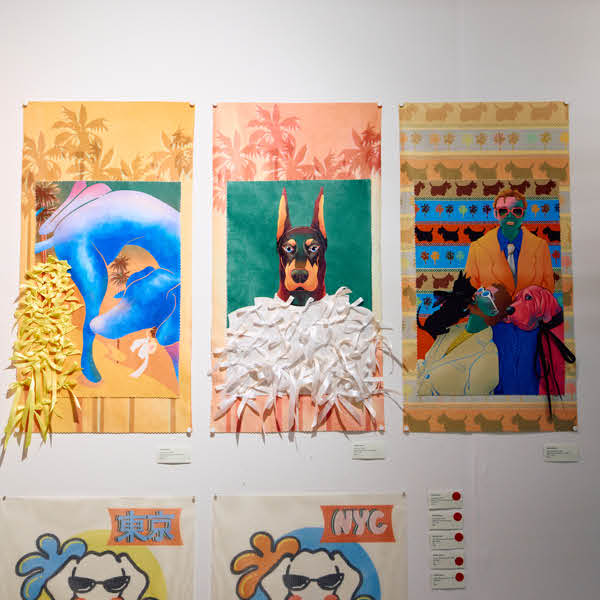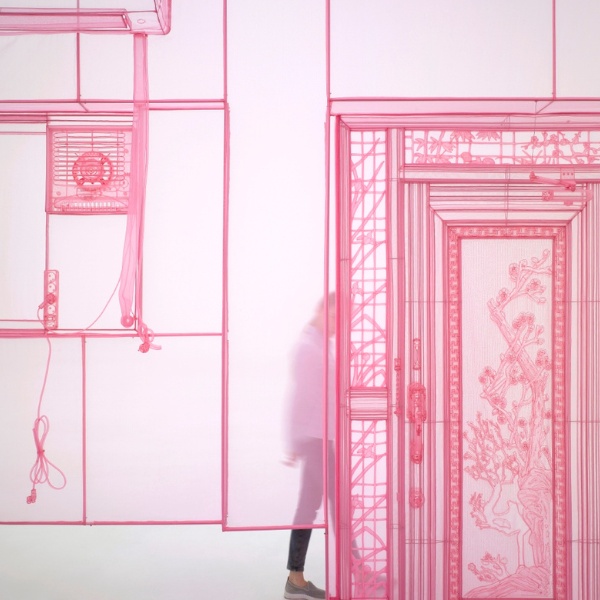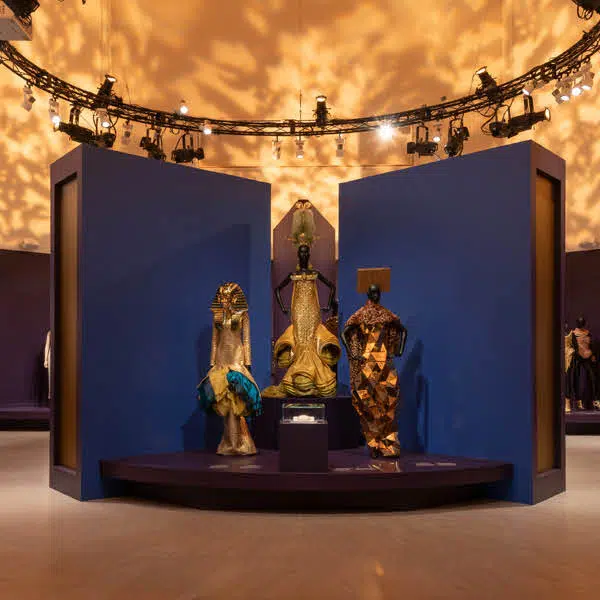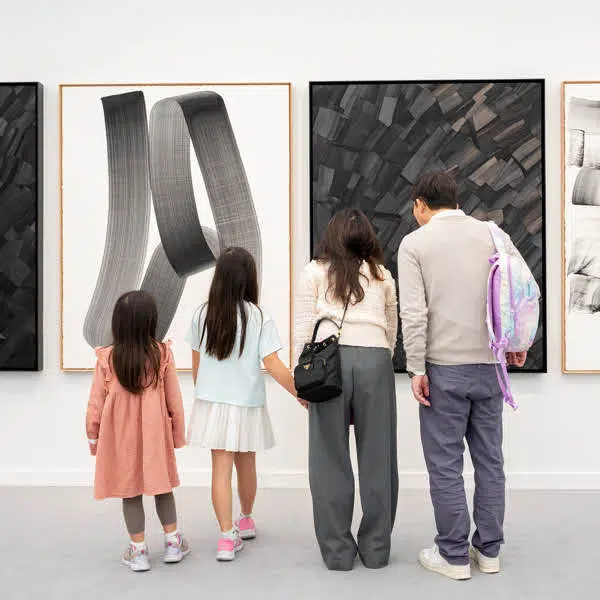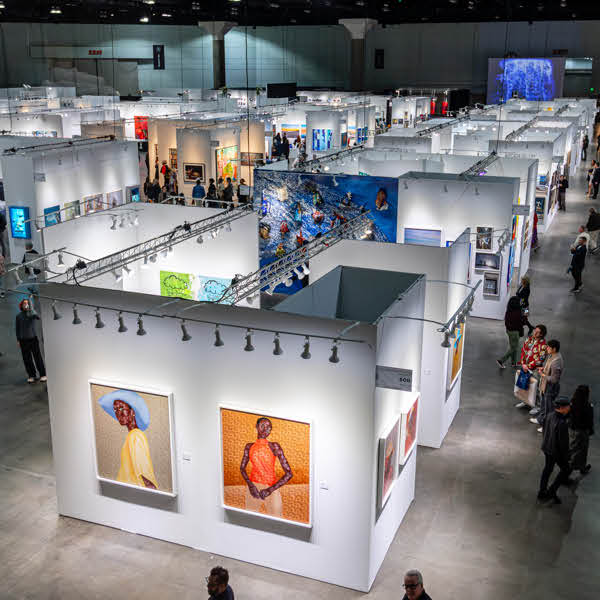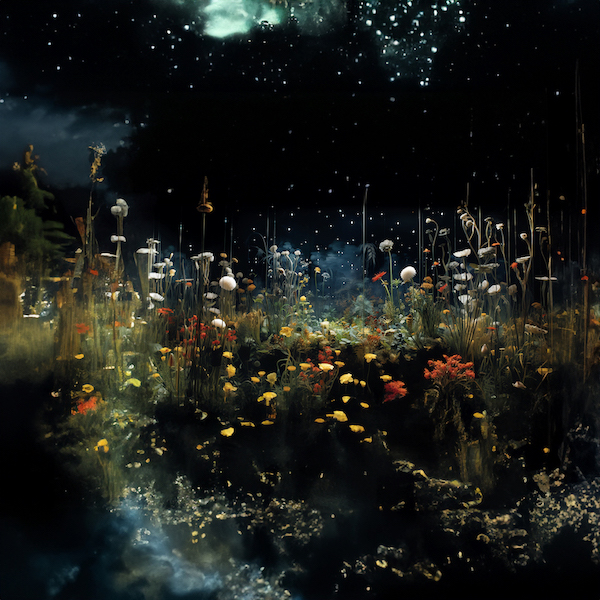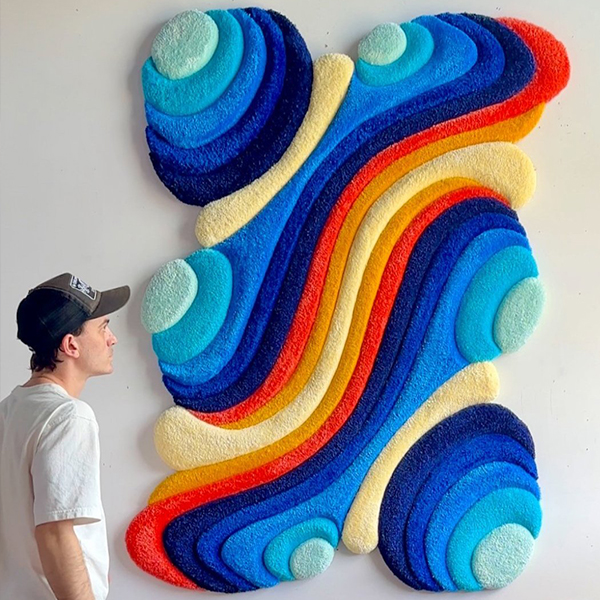
There's so much depth to Nick Pedersen's digital artworks; not only are they aesthetically stunning, there's also extremely captivating, like individuals stories being told in every single scene.
I reached out to Nick to see if he would explain the plot behind the series, entitled Sumeru. Nick kindly obliged. You can catch the entire interview, below.
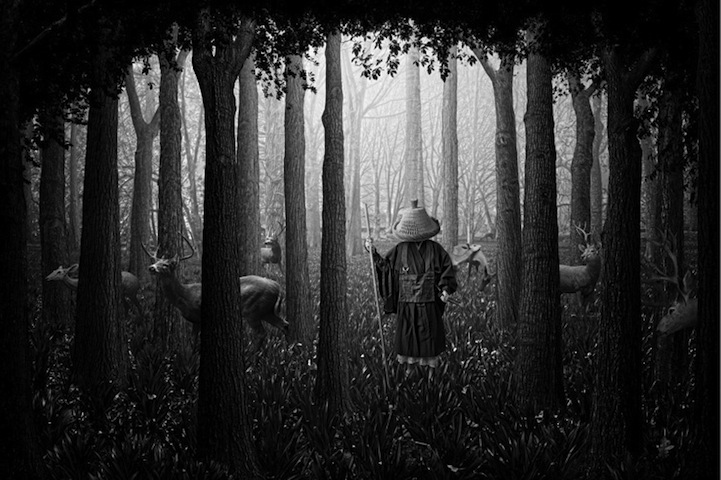
Where are you from? Could you please give us a brief description of yourself?
I am originally from Salt Lake City, Utah where I grew up close to the mountains so early on I developed a strong appreciation for nature, which has been very influential in my artwork. Three years ago I moved to New York City to work on my MFA degree at Pratt Institute, and I recently completed this body of work entitled “Sumeru” as my thesis.
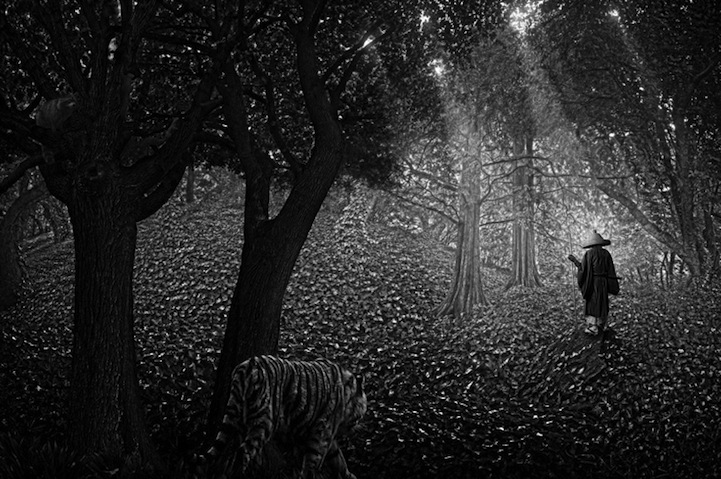
Your work is full of wonder and imagination. Where do you find inspiration for your pieces?
“Sumeru” is conceptually inspired by my experience with eastern philosophy, and specifically references what I have learned from the study of Zen folklore and Buddhist mythology. My main inspiration has been from koan study, and basically koans are stories about ancient Zen masters that use beautiful and mysterious literary imagery to describe what happens in the mind. In Zen literature, the word ‘land' is commonly used as a symbol for the ‘mind', and through a series of photographic montage images I have envisioned an exploration into the depths of this metaphorical ‘mind-world'. The narrative follows the spiritual quest as the storyline symbolically wanders through various states of consciousness and perceptions.

What medium do you most like to work with?
My background is in photography and most of the work that I do is photo-based. Over the past years I have moved from traditional to digital imaging and it is amazing how much this new technology has expanded the possibilities of my artwork. The images in this project were created through photomontage techniques using high dynamic range imaging, digital compositing, and special effects.
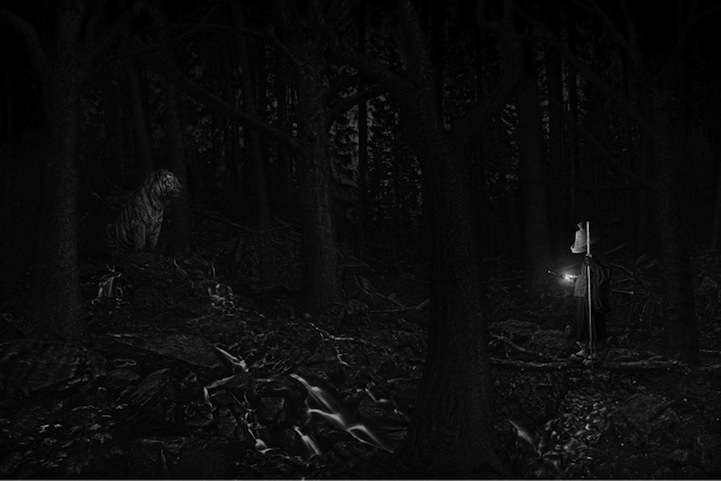
How would you describe the mood in your Sumeru series? Is the main character searching for something?
The character symbolizes the ‘self', who is exploring the depths of the mind to discover its true nature. This body of work is called “Sumeru” because in Buddhist mythology there is a mountain known as Mt. Sumeru that stands at the center of the universe and is surrounded by nine impenetrable mountain ranges. This central mountain is symbolic of ultimate truth, and it is said that all the secrets of the world can be found at its peak. My images show all the trials that are faced in the attempt to scale this mountain, which is metaphoric of the existential drama of searching for personal truth.
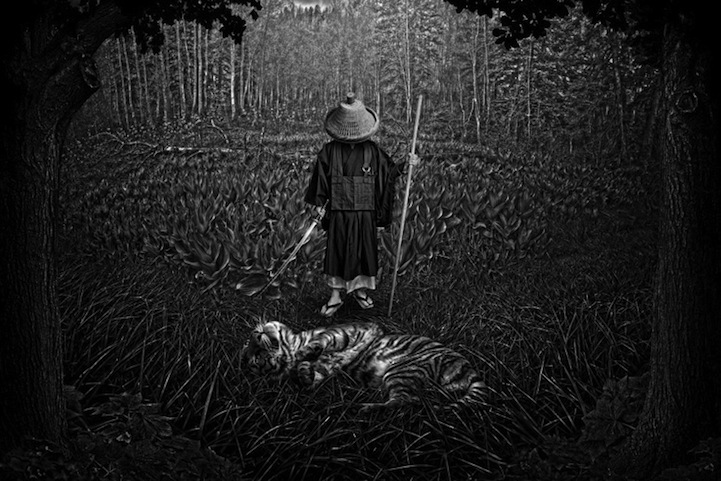
How do you stay creative?
I like to travel and see new parts of the world, and I think it is definitely inspiring to be exposed to new places and experiences. I also read a lot and I like to learn as much as I can about the things I am interested in. Most of the time I am thinking and contemplating about future projects and I like to keep a sketchbook to draw out ideas and write down thoughts.
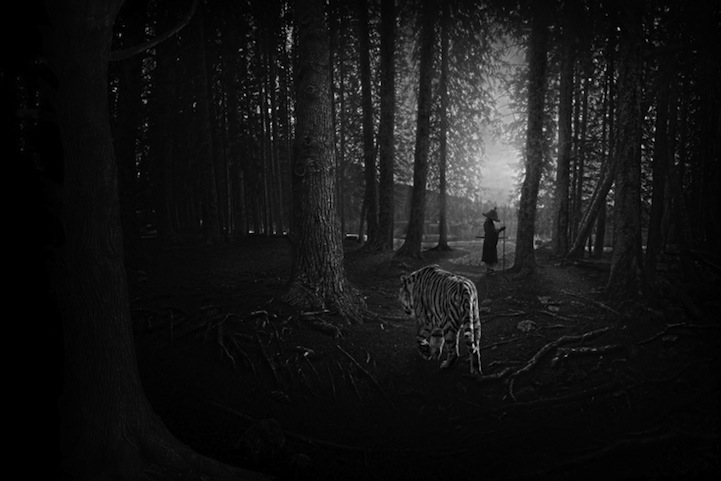
What piece of advice would you give to aspiring artists?
First and foremost I would say to create artwork that you care about, that means something to you. Don't doubt yourself, and follow this path wherever it takes you.
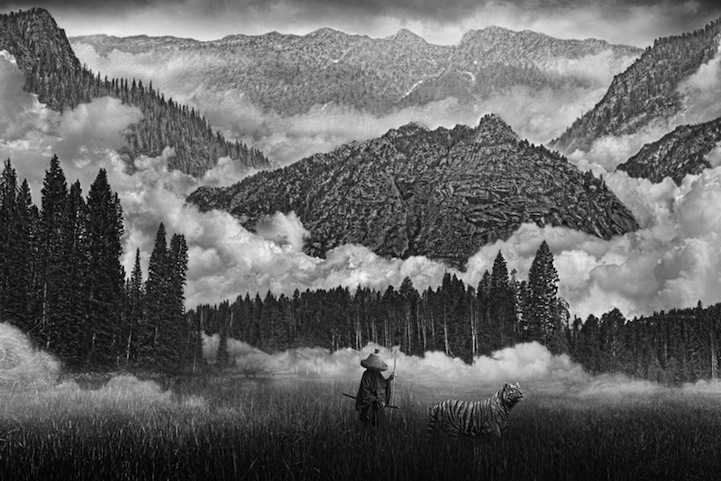
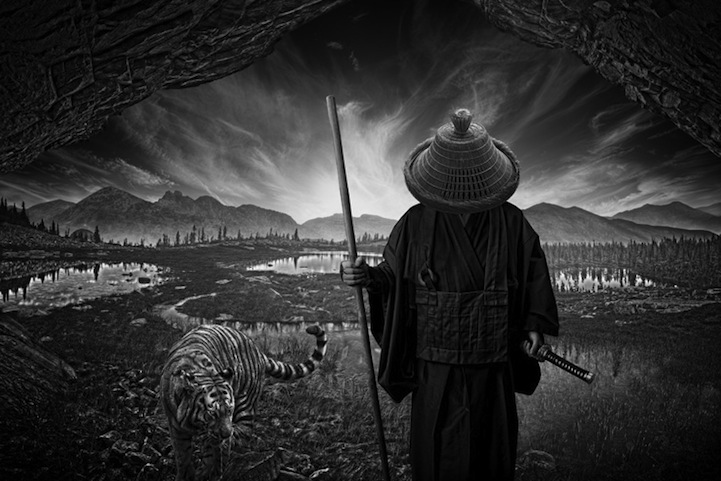

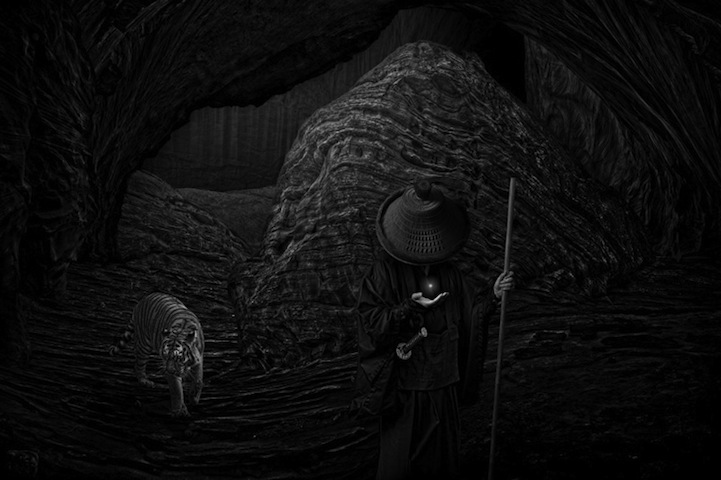
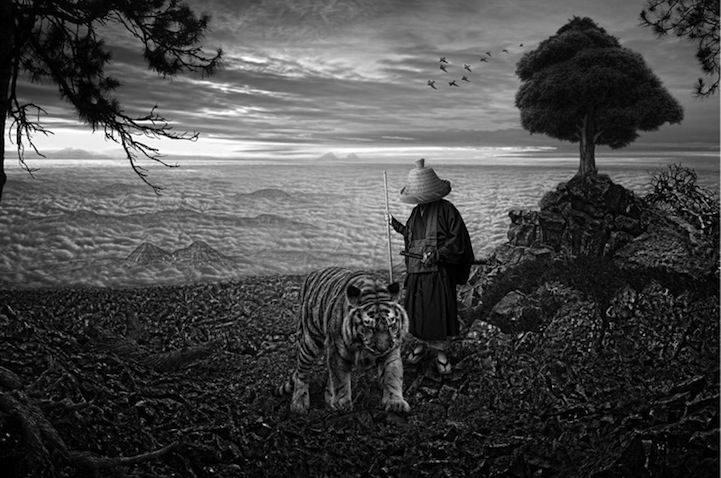

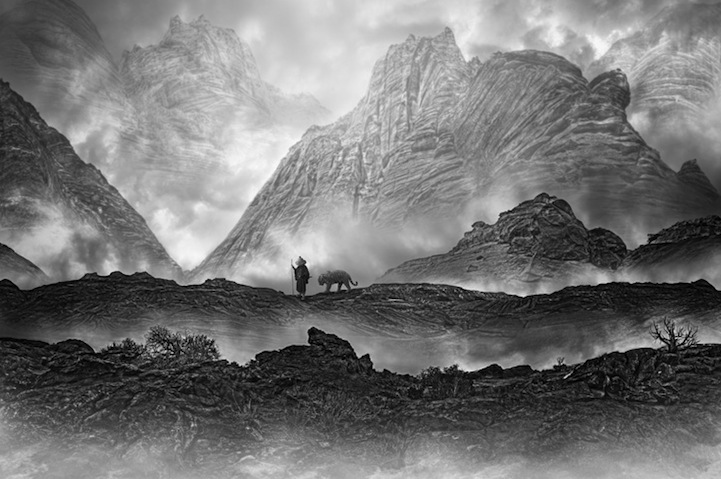
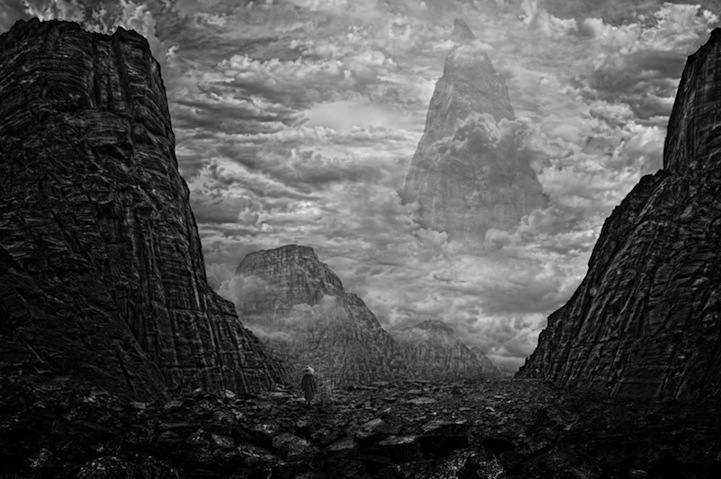
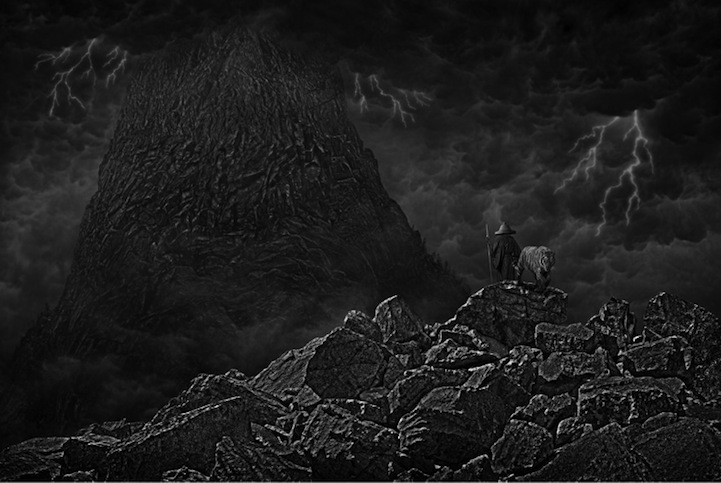

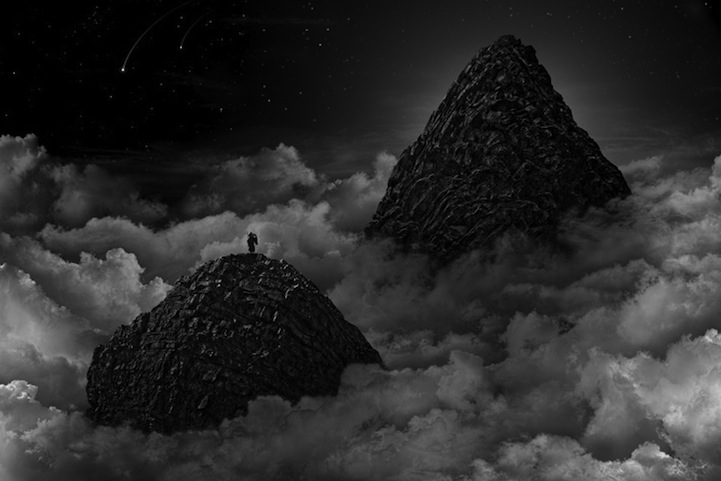
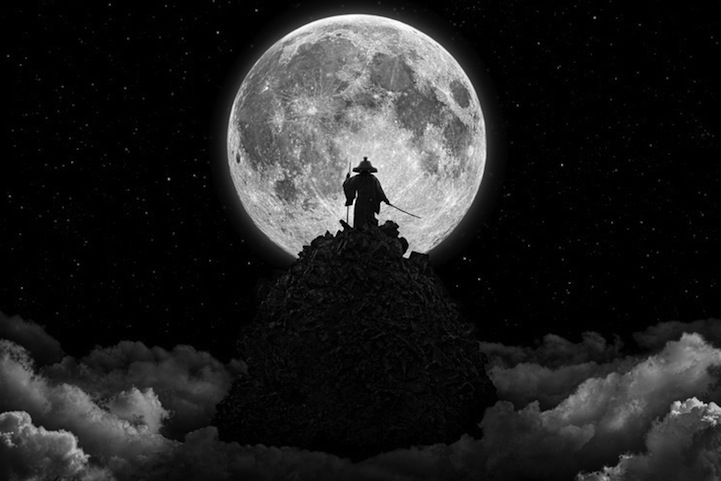
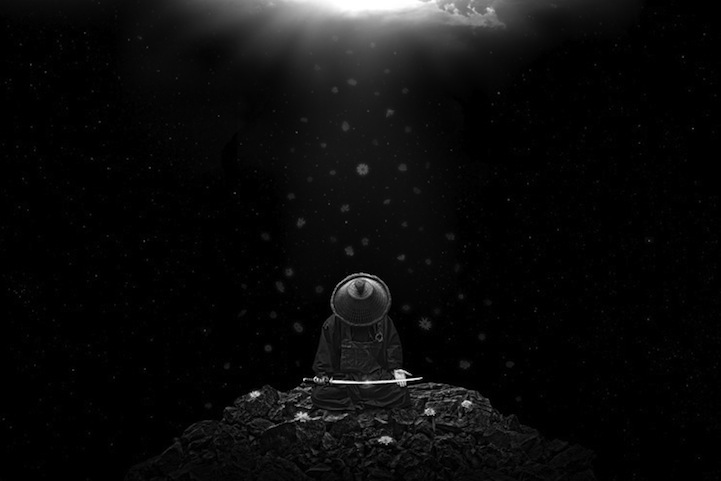
Thanks for the interview, Nick. Keep up the great work!











































































